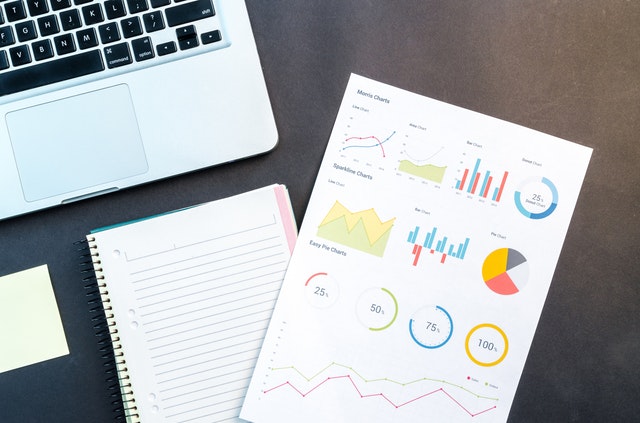Cash is King! The lifeblood of any business is its ability to collect cash and pay bills as well as pay its employees, particularly its owners. Far too often small businesses are profitable, but they do not have enough operating capital to meet their current needs. Consequently, they may be forced to sell out to a stronger competitor, sell a portion of the company to investors at an undesirable price or close the doors and put the company out of business. None of these alternatives are typically what the owners intended when starting the business.
The ability to forecast cash resources and uses is an art and is by no means a well-defined science. None of us have a crystal ball and any cash forecast which is prepared by the management of a company or their accountant can be no more than a guess as to when the customers pay and when your business will pay its obligations. Hopefully, the more effort that is put into cash forecasting the better will be the educated guess and the more accurate the resultant picture of the future operations of your business.
Starting the Analysis
One of the most significant factors to be considered in your cash flow forecast is the volume of sales that will be generated in the next several months and for the rest of the period for which you intend to forecast. Your sales forecast must be as fine-tuned as possible. It may be unrealistic to assume that there is a million pound market for your product in your area and you will be able to capture a specified percentage of it. A sales forecast needs to be based on specific facts. These might include your sales history, or the history of similar businesses you have owned or operated, or the competition. In your area, what has been the experience of similar operations?
Some of the questions that should be addressed would include what other factors could I control such as adding new product lines, deleting unprofitable operations, adding a new salesperson, or terminating one that is not producing to quota? In preparing a forecast, you must also take into consideration items such as the seasonality of your business, the relative state of the economy and the period over which you will forecast.
Obviously, your ability to forecast sales for the next month is better than it is for three to five years from now. The amount of detail that must be included in the cash forecast is really a matter of preference. It can be based on per unit sales extended out by the sales price of each type of unit or an average sales volume per day, week or month of your type of business in its current environment.
Cash Collections
Once you have determined a reasonable level of sales and you are comfortable with the forecast you have made, you must address questions such as: what percentage of my sales are received in cash, and what portion are credit sales for which I will have to carry amounts in debtors? For those that are debtors based, how soon is the cash collected? Do I have to wait for customers to pay me or do third parties such as Visa or MasterCard or a debt factor take the customer’s account and convert it to cash for me with an appropriate discount?
If you are relying on customer payments for collection of debtor balances you must determine what portion of the debts will be collected in thirty days, sixty days, ninety days and thereafter, and what portion, if any, may never be collected. To assume that 100% of your sales will ultimately be converted to cash is probably unrealistic especially considering the current economic environment and the tight cash situations that may face some of your customers.
Other sources of cash may be available in addition to sales. Do you expect to bring in a partner or other investors, or can you borrow money from a bank? When will you receive the cash and how much will you get? Part of your cash flow analysis may be to determine how much investment money or borrowings will be required to operate your business.
Once you are comfortable with the cash receipt side of your business, and the timing of the collections of funds from your sales and other sources, it is necessary to consider the expenses and other cash needs of your business operation.




